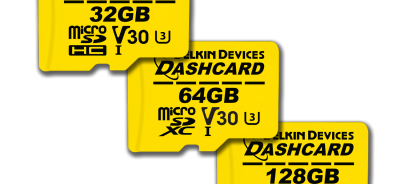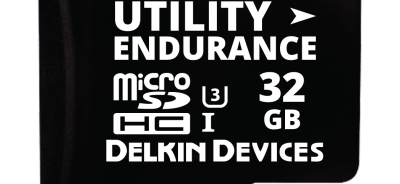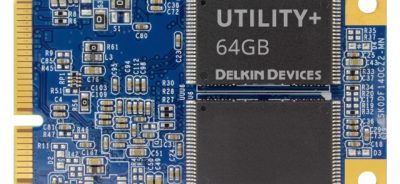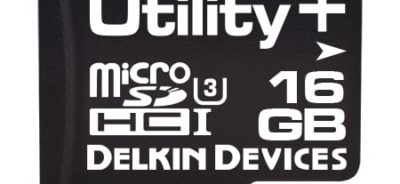SLC vs. MLC Life Span: What You Need to Know
One of the key issues developers and OEMs have to consider when they are choosing SSDs and embedded storage for their applications is life span, and one of the key factors that influences life span is whether the SSD has single-level cell (SLC) or multi-level cell (MLC) storage. Considering the expected life span of an SSD will help developers and OEMs make a selection that fits the demands of their application appropriately, while balancing all other concerns. How does the question of SLC vs. MLC life span shake out? Here is what you need to know.
A Primer on SLC vs. MLC
With SLC SSDs, one bit of data is stored per cell. To store that data, only two threshold voltages are required in the application. This allows operations to occur quickly and also mitigates the risk of data loss, since there is less time for a power failure or other issue to cause loss or corruption.
In an MLC SSD, two bits of data are stored per cell. In order to store these two bits of data, four different threshold voltages are required. This creates a slightly slower process when applications are being read and written, which in turn creates a slightly higher risk of an error happening during the process. However, MLC SSDs are still considered to be highly reliable and are widely used in a huge array of devices.
SLC vs. MLC Life Span Considerations
SLC and MLC SSD life spans differ based on several different factors. Because SSDs do not wear out during read applications like HDDs do, only write operations need to be considered when evaluating SSD life spans. Generally, the more data that are stored per cell, the faster the SSD will wear out. According to that rule, MLC SSDs generally have a shorter life span than SLC SSDs, and the difference can be significant. For example, an MLC SSD may last for about 3,000 cycles, while an SLC SSD in the same application may last for 60,000.
Most SSDs have an internal wear-leveling algorithm which ensures data are being stored in the most efficient way possible. Without this algorithm, data storage blocks could be used in a way in which available storage cells are wasted, thus shortening the storage device’s life span.
Let the product team at Delkin help you evaluate the likely life span of the SSD storage solution you’re considering for your industrial application. Contact our team today with your questions or to learn more information.
 Login
Login Register
Register












